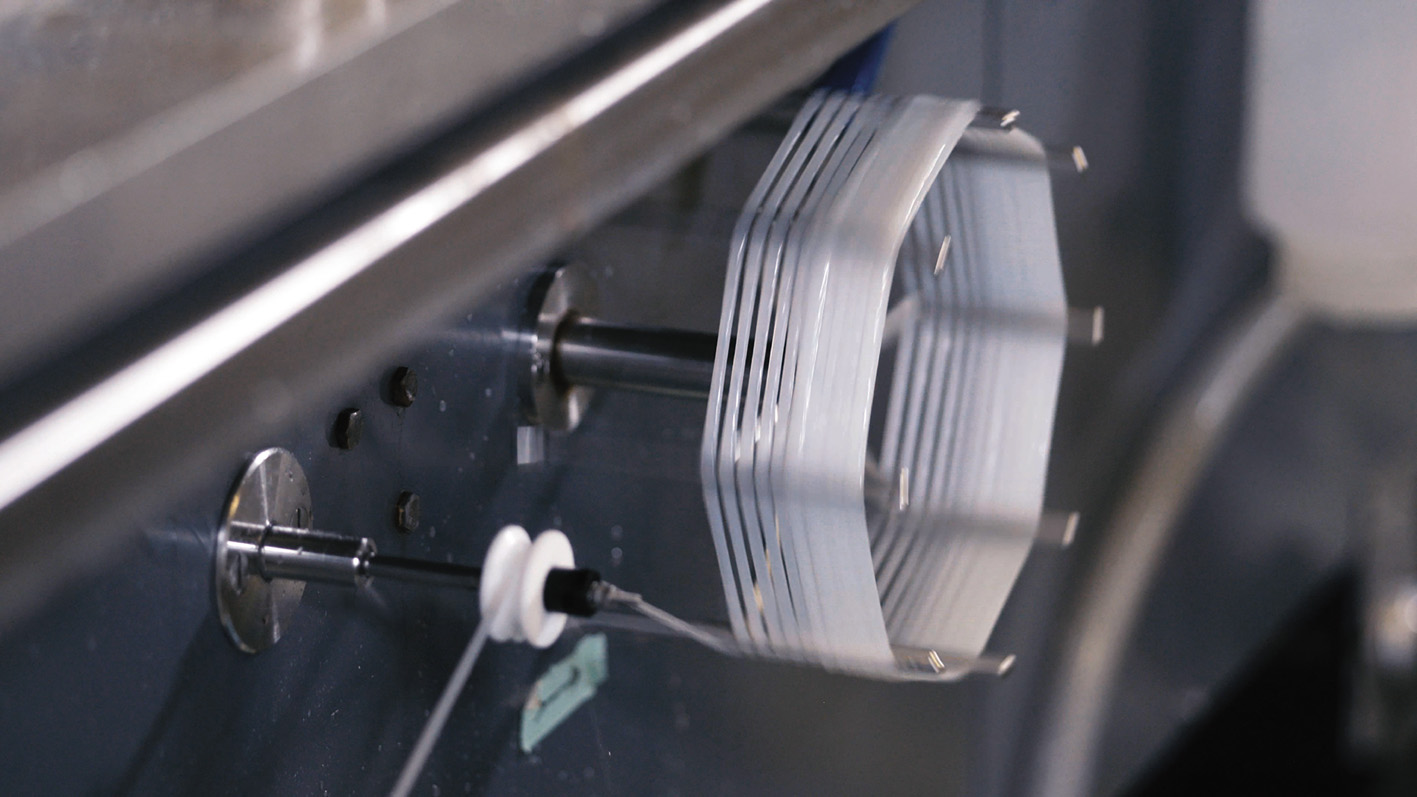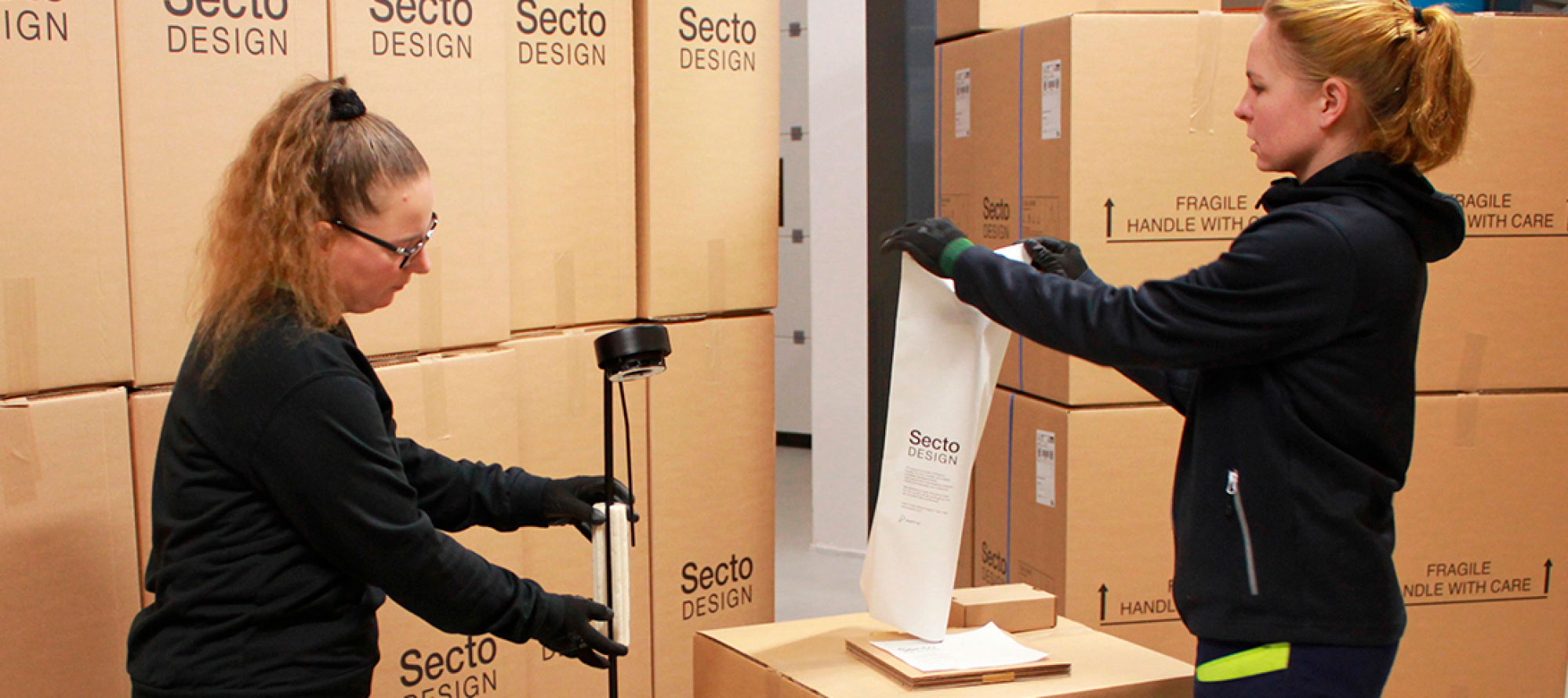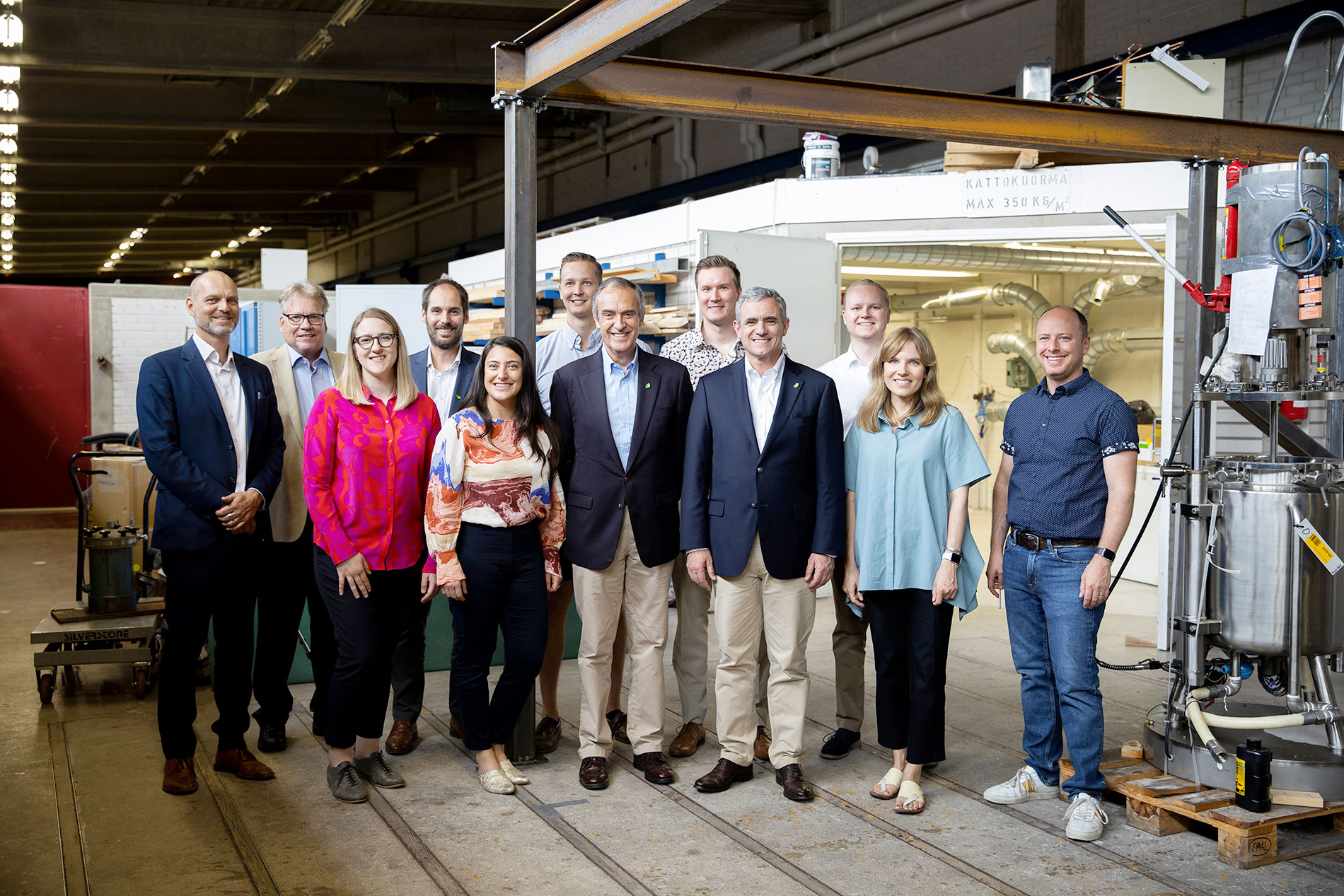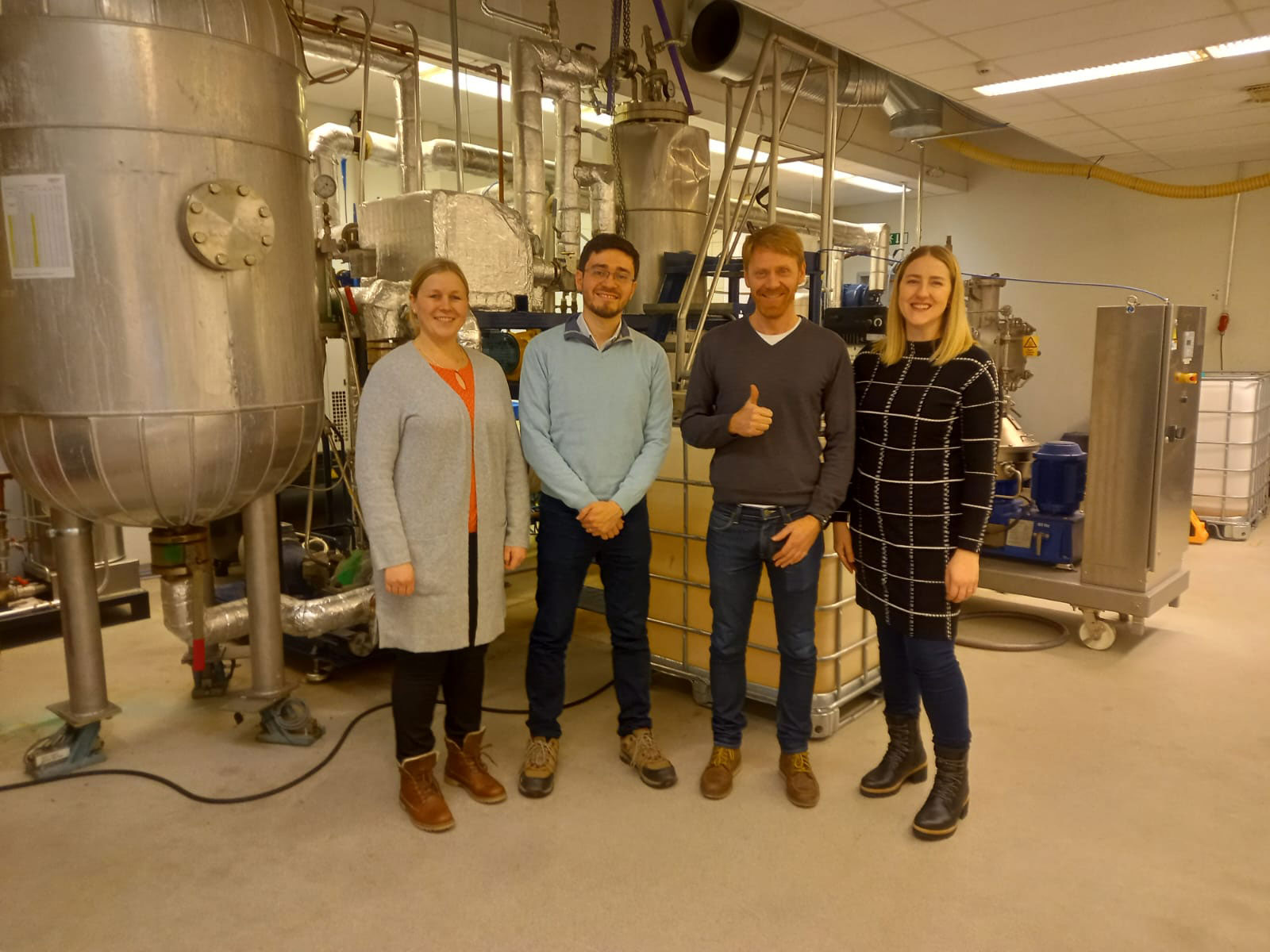Nordic Bioproducts, a spin-off from Aalto University, is the owner of patented AaltoCell technology and has quickly succeeded in developing a new plant-based textile fibre called Norratex which is manufactured without any toxic chemicals or expensive solvents.
Norratex fibre can be made from forest industry by-products, textile waste and ordinary paper pulp – a significant advantage over traditional viscose, which is made from dissolving pulp which can cost up to 30% more. The fibre’s properies were described as “close to viscose, with cotton-like properties”, but with the longer term potential to become a replacement for polyester.

The new fibre making process is being viewed as a drop-in solution for existing viscose fibre plants, to eliminate the use of toxic carbon disulphide, and could also offer a route to the recycling of mixed material textiles because on a laboratory scale, natural fibres have already been neatly separated from plastics into clean fractions.
A €30 million pilot production plant will now be built in Lappeenranta in south-east Finland close to six existing pulp manufacturing plants, with an annual capacity of approximately 10,000 tons of Norratex.
Competition in the field of new textile fibres is accelerating and the first players in the industry are already commercialising their products and approaching industrial-scale production. Many of these innovations are Finnish, such as Aalto University’s existing Ioncell fibre, Metsä Spring’s Kuura fibre, Spinnova’s fibre and Infinited’s Infinna.
“We are very excited about this new collaboration,” said Bernardita Araya, manager of CMPC Ventures. “For CMPC, it represents a significant step towards establishing a leading role in the development of the future of biobased industries with global impact. This technology is easy to scale for producing fibres in a suitable price range and there has been a lot of interest from the market. We are in a good position to take this product quickly to commercialisation.”
Leer nota completa en innovationintextiles.com


